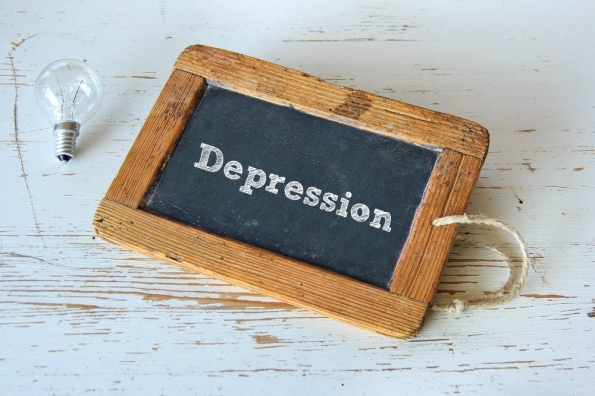YOUR PHYSIO
Mental health and MSK health
Depression and MSK health
Depression is a term that is used to describe persistent low mood which interferes with day to day activities. It varies in severity from person to person. The symptoms can included changes to mood, emotion and behaviour such as withdrawing from social situations. Further symptoms include changes to thought, difficulty with memory and reduced self-confidence; physical symptoms including generalised aches and pains. It is relevant to musculoskeletal health because there is a relationship between depression and persisting pain. You are four times more likely to have persisting pain if you suffer from depression.
If you have symptoms of persisting pain and have symptoms of depression it is important to recognise that the two sets of symptoms may be related. You should discuss your symptoms with your GP.To get the best outcome with regard to persisting pain it is important that you are also undertaking treatment for depression. There are a number of medication and non-medication based treatments for depression. Your GP will be able to advise you if medication is indicated.
Regular exercise is known to be a highly effective treatment for patients with symptoms of mild to moderate depression and can also improve the symptoms of persisting pain. In fact, 1 in every 8-12 people who exercise regularly with mild to moderate depression will achieve full remission of symptoms. The video below explores how exercise is thought to help in both the treatment and prevention of depression and answers questions such as how much exercise will help and what type of exercise is best.
For further information on looking after yourself in depression click here. For further information on the treatment of depression please click here.
In terms of persisting pain it is thought that regular exercise can have a mild effect on reducing the intensity of pain, and a strong effect on the ability to perform day to day activities.
Most people find that getting going in the first place is the biggest challenge with exercising when depressed and in the presence of persisting pain. Some think that exercising in the presence of pain is not safe. This is generally not true, but exercise has the potential to provoke pain if you try to do too much initially. This is often why people give up on regular exercise before they are able to see any benefit. We have compiled this helpful guide about getting active in the presence of persisting pain symptoms. It includes everything you need to know, including what irritability is and how to manage it, how to start a graded exercise programme and what to do if you run into problems.
Relaxation and mindfulness techniques can also be useful as non medical treatments for depression. You can read more about this here.
You can access the Laura Mitchell relaxation technique here:
A written guide is available here.
